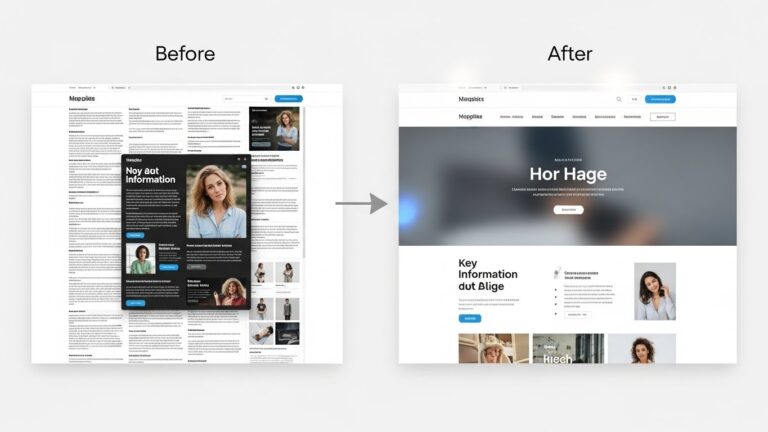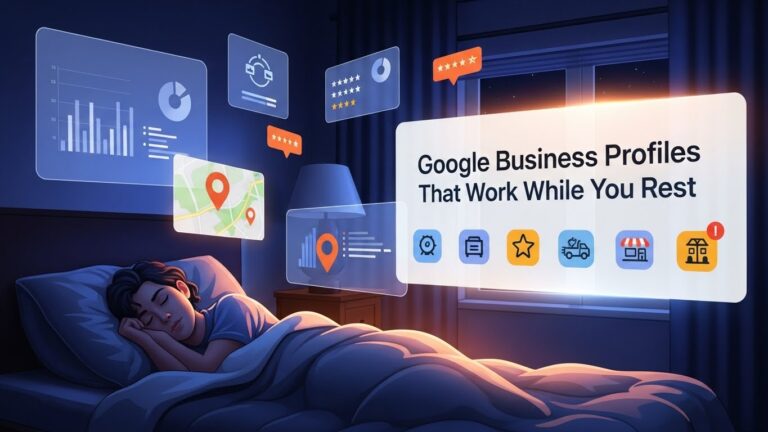This post is for the DIY-ers out there who just want a couple of straight answers before they build their website. I am a firm believer that knowledge is power, so let's go get some.
Websites and Communication
Okay, once you get past the ooohs and aahs of how “pretty” and “awesome” your website looks, you really need to focus on functionality and purpose. What do you want your website to actually do for you? Websites are versatile and can:
- Provide product information for potential clients
- Establish a channel of communication with your visitors
- Help them solve a problem
The most important reason to have a website is to communicate with people who you don't know, but may be able to help with their needs. Instead of getting caught up on special effects discipline yourself to keep your eyes on the prize — clients, customers, and visitors.
How Website Forms Can Keep Communication Flowing
Everyone who has ever visited a website is familiar with Contact Us forms. The front page of my website has two, just in case you missed one. 🙂 Contact forms are popular because they help cut down on the spam that you would get by just putting your direct email out there for the world to see. The forms also help your visitor to focus on their purpose for speaking with you such as do they:
- Have a question about a product?
- Need to setup an appointment with you?
- Want to signup for your awesome newsletter?
This is one of the benefits of using contact forms, but did you know that they can get much more versatile? Today you can use contact forms to:
- Accept payments and donations without writing a lick of code
- Create and host surveys
- Reduce SPAM (yep, spambots have come up with ways to sneak into some forms)
- Create event registration and RSVP forms right on your website (and get paid there too!)
Look for Web Form Integrations to Make Life Easier
One of the great things about WordPress is that you can mix and match tools to create the look and functionality that you need. One of the worst things about WordPress is that you can mix and match tools to create the look and functionality that you need. Why? As your business grows and you're checking your website statistics, sales and other important information, who wants to flip from one dashboard to another to another? I know that I don't find that fun at all.
That's why when WPForms Pro integrated Stripe payments into their forms it was a welcomed addition. Stripe, in case you are unaware, is one of the leading payment solutions online. I've used it for a number of years and it is a good solid payment system.
WPForms made it very easy to combine their two services — just add your Stripe credentials to the form and people can purchase your services or goods right on your site without having to expend time on a dedicated e-commerce platform.
Now, back to the dashboard situation. When you combine WPForms with Stripe you can now view all of your transaction (singular and recurring). The recurring charges display a small icon to make it easier to find your recurring items. They've also hyperlinked the transactions to Stripe, just in case you need more details on the transaction, subscription and customer IDs. Linking to two systems together means one less step for you to take. Yeah!
Recurring Payments with Forms
If you have a simple, one-time transaction you just add your Stripe information in as usual. If, however, you have subscriptions for services or products, you can set them up right from your WordPress site using WPForms. I find that very useful because Stripe can be a bit of a learning curve to setup your products and services. This way, you create the form for the product, click a few checkboxes (“Enable recurring subscription payments”) and away you go. You can then:
- Pick the recurring period (yearly, semi-yearly, quarterly, monthly, weekly, or daily)
- Select the area to capture the customer's email
- If you want to let your customers choose between a one-time payment and monthly installments all you have to do is enable conditional logic (you know, the If “this” Then “that”)
This is a useful feature for small businesses that may not have many products and aren't anxious to dip their toes into the world of Woocommerce.
Make your life simpler by combining as many functions as you can into one application. The less time spent on housekeeping, the more time you'll be able to build your business and enjoy life.





